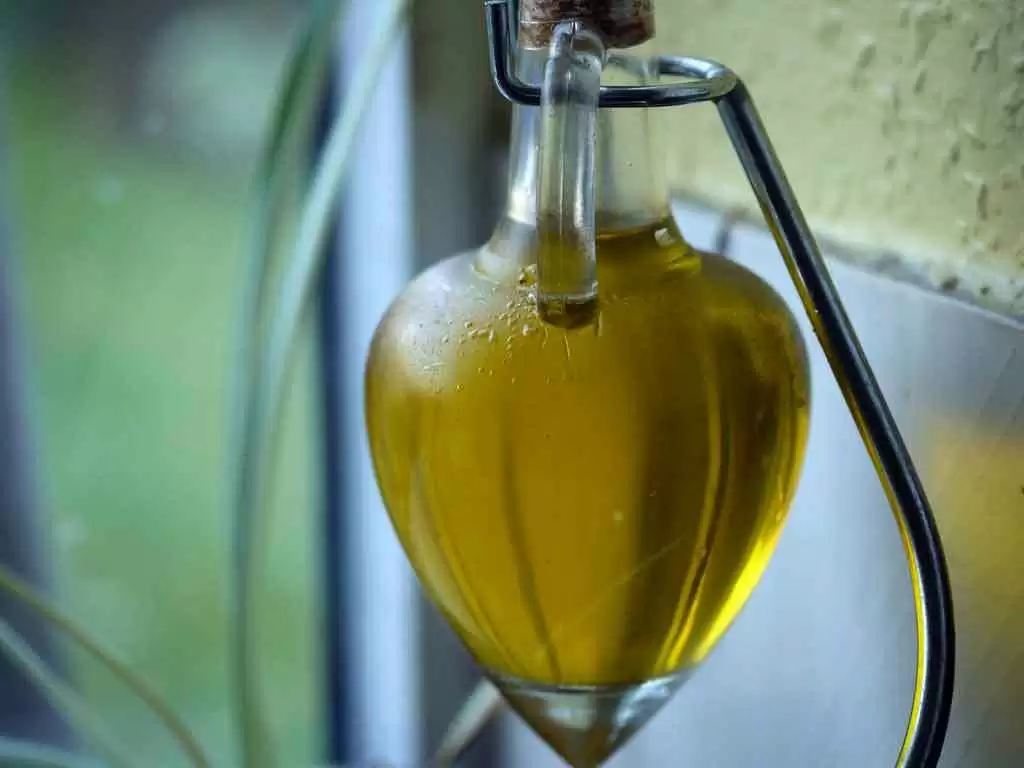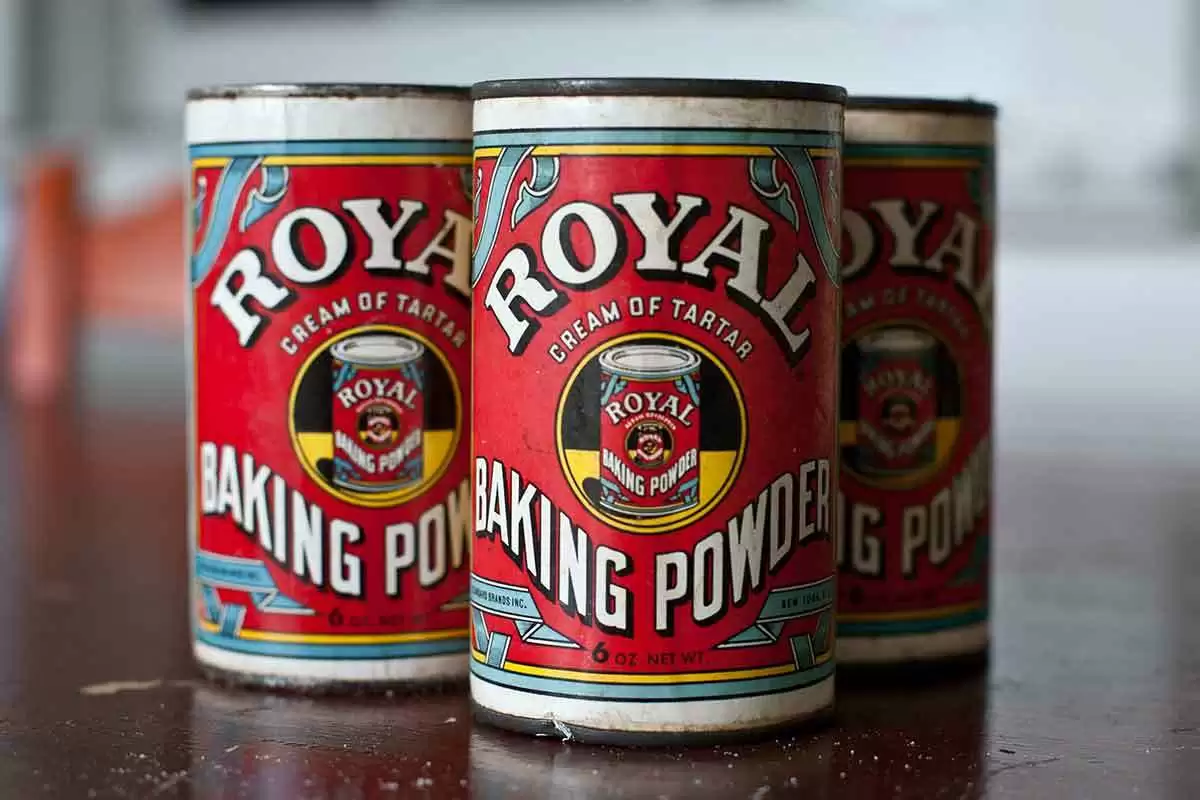
Celiac.com 01/28/2022 - When you purchase a gluten-free cookbook, the author— hopefully—has spent time in the kitchen experimenting with the recipe until the final version is tasty, light, and worthy of being included in the book. However, we all have recipes at home that were handed down through the family, or ones that we found in a magazine, which we would like to convert to be gluten-free. Believe it or not it is possible to do this without sacrificing taste or texture—simply by making a few adjustments to the ingredients.
Consider the issue of “taste.” How often have you taken a fork full of a scrumptious-looking gluten-free dessert or slice of gluten-free bread only to be sadly disappointed in the dry taste, its aftertaste, or NO taste at all? Alternative flours do not have the same taste as wheat flour. To cover up this deficiency, you have to add more flavoring to your recipe, and the ways to do this are almost limitless. With a little imagination, you can create desserts and bread products that are so tasty that no one will know they are gluten-free!
Celiac.com Sponsor (A12):
Consider substituting half of the gluten-free flour mixture (traditionally made of rice, potato starch and tapioca flours) with more flavorful flours, such as cornmeal, almond, or sweet potato flour. Whether you are making sweet bread, muffins or cake, look at the ingredients listed and start to brainstorm about what you can add for extra flavor. Assuming you are not allergic to nuts, this is a good starting point. If you traditionally add chopped walnuts, vary this by substituting peanuts, pecans, hazelnuts, black walnuts, pistachios, cashews, pine nuts or even candied chestnuts. Spread dry nuts in a pan and bake them (watch them closely so they don’t burn)—toasting the nuts will bring out the natural oils and increase their flavor. For added taste, toss the nuts with a tiny bit of oil and seasonings (cinnamon, nutmeg, ginger, or ground cloves) before toasting. Coconut is another candidate for toasting. While shredded coconut adds flavor, toasted coconut has a far more vibrant taste.
Other flavorful ‘add-ins’ include marshmallows (miniature or melted), caramels (melted), dark chocolate (chips, chunks, shaved, or melted), instant coffee granules for a mocha taste, or orange, lemon or lime zest. For breads and muffins consider folding in seeds like sesame, poppy, caraway or sunflower for added flavor—or chopped dried fruits such as cranberries, raisins, apricots, prunes, dates, figs, and/or glazed fruits.
Canned and fresh fruits and fruit juices will not only add flavor, but moisture as well. For chocolate cakes, open a can of sweet, dark pitted cherries or thawed frozen raspberries. Use the juice from the can (or frozen package) as part of your liquid measurement, and then fold in the chopped cherries or raspberries into the batter. For a white cake, use crushed pineapple and the pineapple juice. Open a can of sliced peaches and put both peaches and their juice into a blender—use this as the liquid when making coffeecake. Blueberries, shredded apples or pears, or mashed bananas are also great to add to baked products, but so are more unusual selections. Think out of the box. Add mashed mangos, kiwi or papayas, chopped maraschino cherries, shredded rhubarb, or canned, whole cranberry sauce to muffins—add pomegranate seeds to coffeecakes. In place of all or part of the liquid called for in the recipe, substitute apple cider, apricot nectar, cranberry juice, orange juice, grape juice, lemonade, or limeade. Add tomato juice mixed with a little cinnamon to crumb cakes (yes, tomatoes are a fruit). Experiment by using jars of strained baby fruits for part of the liquid amount.
Don’t overlook the power of vegetables to add flavor. Shredded zucchini, carrots, or onions have long been staples when baking breads. Carrot juice may be used for part of the liquid in many muffin mixes. Mashed sweet potatoes or winter squash make excellent, flavorful additions to baked goods. Even rinsed sauerkraut may be used!
In place of some of the liquid listed in the recipe, use Kahlúa, wine, sherry, rum or brandy. Melted jellies, jams and preserves work well, too. Other substitutes for the liquid listed include (gluten-free) eggnog, brewed coffee, maple syrup, molasses, canned pumpkin, flavored yogurts, cottage cheese, peanut butter, apple butter, applesauce, and even gluten-free beer. Canned pie filling may be used in place of two thirds of the liquid called for in the recipe.
Instead of white sugar, measure out an equal amount of brown sugar or 3⁄4 the amount of honey (both of which have more flavor than white sugar). Increase the amount of flavoring called for in the recipe, plus think about adding an additional gluten-free extract: almond, butternut, mint, anise, lemon, rum butter, or caramel flavoring. Cinnamon may be added to most any dessert recipe, along with nutmeg and a hint of ground cloves.
When baking yeast breads, popular ‘add ins’ include fruits (fresh, dried, or canned), nuts, coconut, mashed sweet potatoes, bacon bits, olive slices, chopped sun-dried tomatoes, or grated cheeses, and even a sprinkling of Lea & Perrins Worcestershire sauce. Even with a plain white bread, some kind of flavoring will enhance the finished product. Try adding rosemary, dill, thyme, chopped parsley, oregano, basil, garlic powder, Italian seasoning, ginger, mint, cinnamon or chopped preserved ginger in syrup. And don’t be afraid to add a little vanilla flavoring—it will help improve the taste. A hint of balsamic vinegar added to yeast breads will liven up the flavor and help the bread to rise!
Are you willing to be even a little more experimental? Substitute some of the gluten-free flour mixture with a package of gluten-free instant pudding dry mix. Use gluten-free cream cheese in place of some of the shortening. In a blender, whip corn relish into a puree and add to yeast breads. Try brushing cornbread with a jalapeno-honey glaze.
Yes—your gluten-free baked products will taste scrumptious just by adding a little more flavoring—happy eating!
Gluten-Free Cinnamon Popovers
This recipe may be found in the “Recipes for Special Diets” cookbook by Connie Sarros. It recipe is approved for diabetics, low-sodium diets, and vegetarians. It is nut-free and yeast-free. For corn-free diets, use baking soda plus 1⁄2 tsp. cream of tartar in place of the baking and omit cornstarch and xanthan gum from gluten-free flour mixture. For dairy-free diets, substitute soymilk for the whole milk.
Note: To help insure that the popovers rise, spoon dough into warmed pans.
Ingredients:
- 3 eggs
- 3⁄4 cup gluten-free flour mixture
- 1⁄4 teaspoon salt
- 2 1⁄4 teaspoons gluten-free baking powder
- 2 teaspoons sugar
- 1⁄2 teaspoon cinnamon
- 1 cup whole milk
Directions:
Preheat oven to 400F. In a medium bowl, whisk eggs till light. Sift together dry ingredients. Add flour mixture to eggs alternately with milk, stirring with a whisk just until blended. Do not over beat! Fill greased popover pans or deep custard cups 1⁄2 full with batter. Bake for 10 minutes; lower heat to 325F and continue baking for 20 minutes or until popovers are golden brown. Serve immediately. Makes 6 large popovers or 12 muffin-size.
Calories (for 12 muffin-size popovers): 52; Total fat: 1.5g; Saturated fat: 0.4g; Cholesterol: 53mg; Sodium: 79mg; Carbohydrates: 6.7g; Fiber: 0.2g; Sugar: 1.2g; Protein: 2.9g












Recommended Comments
There are no comments to display.
Create an account or sign in to comment
You need to be a member in order to leave a comment
Create an account
Sign up for a new account in our community. It's easy!
Register a new accountSign in
Already have an account? Sign in here.
Sign In Now